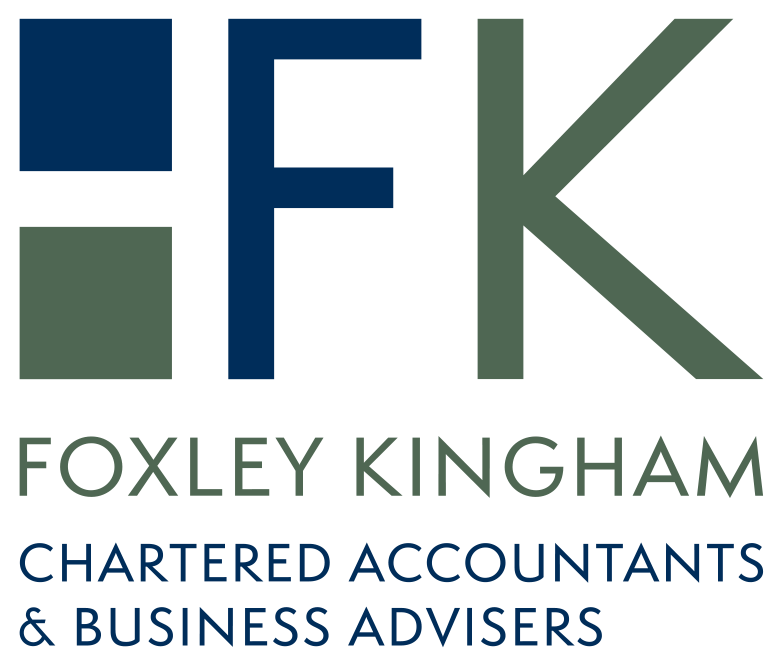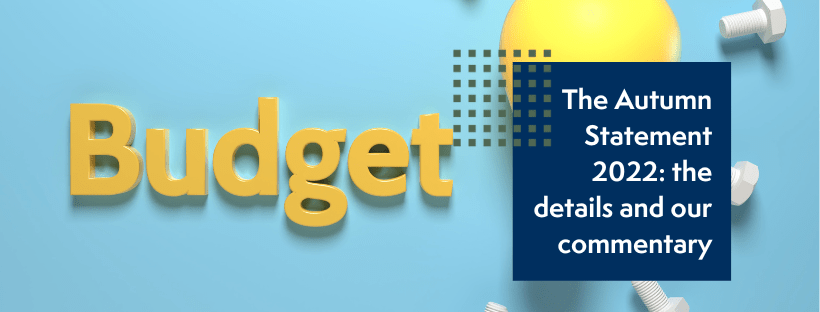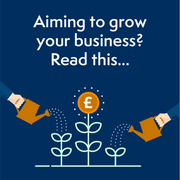
Following the mini-budget, the U-turn, the other various ‘tweaks’ to the government of late and most recently the new Chancellor, Jeremy Hunt’s update (and after a few attempts to write this article!) we offer practical advice on tax planning for the rest of this financial year.
We appreciate that now more than ever both businesses and individuals are looking for ways of saving – costs are rising faster than they have since the 1980s and the dangled carrot of a reduction in corporation tax has quickly disappeared. Saving where possible on tax is now of great importance, as is a good relationship with your accountant to make sure opportunities are not missed.
Mini-budget update measures that will remain
See our Autumn Statement review for a full run-through of the changes now in force
Tax year-end – practical planning
Alongside the not-so-mini-budget announcements now is a great time to be thinking ahead to next year and put plans in place to minimise your tax liabilities.
For Business
Corporation Tax
A feature of many of the headlines, the main rate of corporation tax rise will indeed increase to 25% from April 2023. However profits up to £50,000 will continue to be taxed at 19%. So if your profits are likely to exceed £50,000, try to get any big sales through before the rate increases in the new financial year.
Capital allowance Super Deduction
A side effect of the corporation tax rate increase is that the withdrawal of the super-deduction, planned for 31 March 2023, becomes less critical for planning. If company profits will be over £50,000 after 1 April 2023, the overall tax relief on an asset purchased with super-deduction before 31 March 2023, or without it from 1 April 2023, is much closer aligned.
Annual Investment Allowance
Applicable to both sole traders, partnerships and companies, the annual investment allowance has been yo-yoing up and down for years; and was due to fall from £1m back to £200,000 from April 2023. It will now remain at £1m permanently.
So, if we’ve advised you to make any large equipment purchases by the end of the tax year to make the best use of allowances, there is now less urgency. Bear in mind though, purchasing after your year-end will delay the tax relief for another year.
Individuals
Stamp Duty
Purchases of up to £250,000 will no longer attract stamp duty.
First-time buyers pay no stamp duty up to property values of £425,000, and 5% to £625,000. The property value on increases in stamp duty thresholds were effective immediately, so no need to wait on that new purchase!
Income Tax
The basic rate of personal tax for 2022/23 remains at 20%. Ensure you make the best use of your tax bands and allowances where you can, for example not breaching the £50k, £100k or £150k income threshold this year if you know you will be under it next year.
2022/23 tax thresholds on personal income as follows:
- £12,570 – tax free personal allowance
- £12,571 – £50,270 – 20% basic rate
- £50,271 – £100,000 – 40% higher rate
- £100,000 – £125,000 – 60% effective rate due to withdrawal of tax free allowance
- £125,001 – £150,000 – 45% additional rate
£150,000+ – 45% additional rate (will reduce to £125,140 for 2023/24)
As mentioned above, avoid breaching the next tax bracket by making pension or gift aid payments, or deferring income where possible. Watch out for the £50,000 threshold as not only are you about to hit the 40% tax rate, you may start repaying child benefits.
The £150k threshold, at which the income tax rate increases from 40% to 45%, will be reduced to £125k next year. If you have some flexibility over how and when you draw your income, it’s worth considering how this will impact what tax you pay, and if there is merit maximising income drawn in 2022/23 to fully utilise your 40% band.
Dividend Tax Rate
The proposed reduction of 1.25% in the dividend rate for income tax purposes to match the NICs reduction, from April 2023, is cancelled.
Taxation on dividend income will remain as follows:
- the dividend ordinary rate – 8.75%
- the dividend upper rate – 33.75%
- the dividend additional rate – 39.35%.
In addition, the government will reduce the tax free Dividend Allowance from £2,000 to £1,000 from April 2023 and to £500 from April 2024.
Consider how you can time payment of dividends to make the best use of your tax thresholds.
If you are a director/shareholder and profits allow, ensure you have made use of your £2,000 per annum tax-free dividend.
Pensions
Something to review every year is whether to make an additional payment into your pension scheme. For companies, it’s (usually) a tax-deductible expense whilst putting funds into a director tax-free pension scheme, and for individuals, it’s a way of staving off the higher tax rate. Now is a great time to remind yourself how much pension allowance you have available, so you have plenty of time to organise a contribution before the end of the tax year. If you are worried about cash flow, allowances can be carried forward up to three years, so you could decide to hold fire until things have improved. The last opportunity to use allowances from the 2019/20 tax year is 5 April 2023.
Capital Gains Tax
The government has announced that the capital gains tax annual exempt amount will be reduced from £12,300 to £6,000 from April 2023 and to £3,000 from April 2024.
If you are considering, or in the process of, selling multiple assets, try to split them over different tax years to maximise your annual tax-free allowance. Spouses can pass assets between themselves tax-free shortly before a sale in order to gain two sets of tax-free allowances. If you are in a position to take advantage of both these plans, you could increase your tax-free amount from £12,300 to £36,600! If you have smaller assets (such as shares) that can be sold to crystalise a tax-free gain and then reinvested, you’ve uplifted the base cost tax-free. And if you have an asset that’s carrying a loss, consider if it is worth selling to crystalise the loss to offset any taxable gain in the year. Think about this now, so you have time to make any changes before the tax year-end.
The future reduction in the tax free allowance makes this even more important to consider, as a sale completing on 6th April 2023 could cost individuals up to £1,764 more in capital gains tax, than on 5th April.
Inheritance tax
There are no changes to the nil rate bands for Inheritance Tax. The nil-rate band will continue at £325,000, the residence nil-rate band will continue at £175,000 and the residence nil-rate band taper will continue to start at £2 million.
Everyone can gift £3,000 from their estate tax-free each year. If you didn’t gift last year, you can carry it forward and gift £6,000 this year.Use it or lose it!
Savings and Investments
Top up ISAs if funds allow, the limit this year is £20,000, and ensure married couples’ savings and investments are most beneficially split to make the best use of tax-free personal savings allowances (£500-£1,000 depending on income) and the 0% starting rate for savings (up to £5,000 depending on income levels).
If you’d like to speak to your accountant about any of the advice offered in this article don’t hesitate to get in touch. Now’s the time to be having these conversations.












